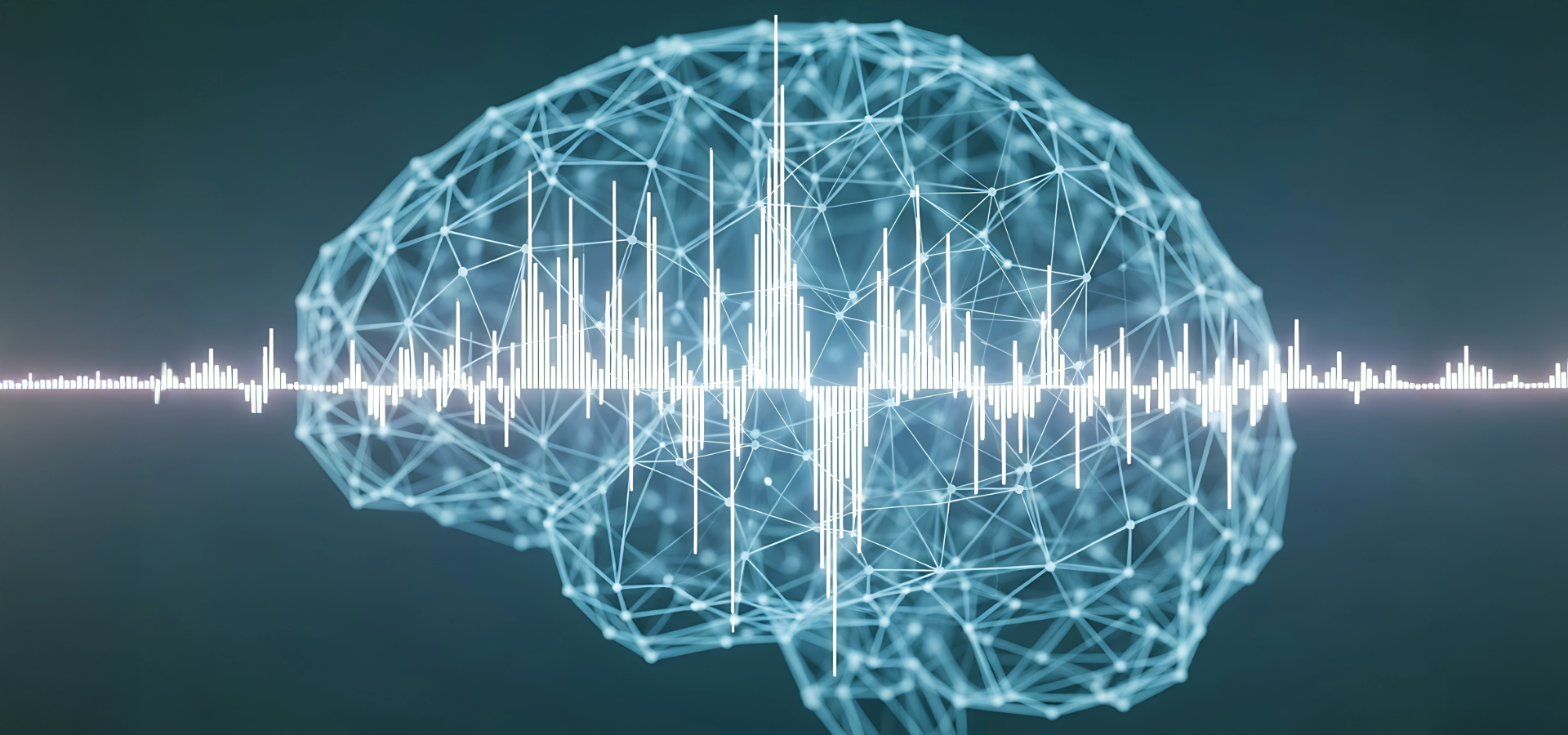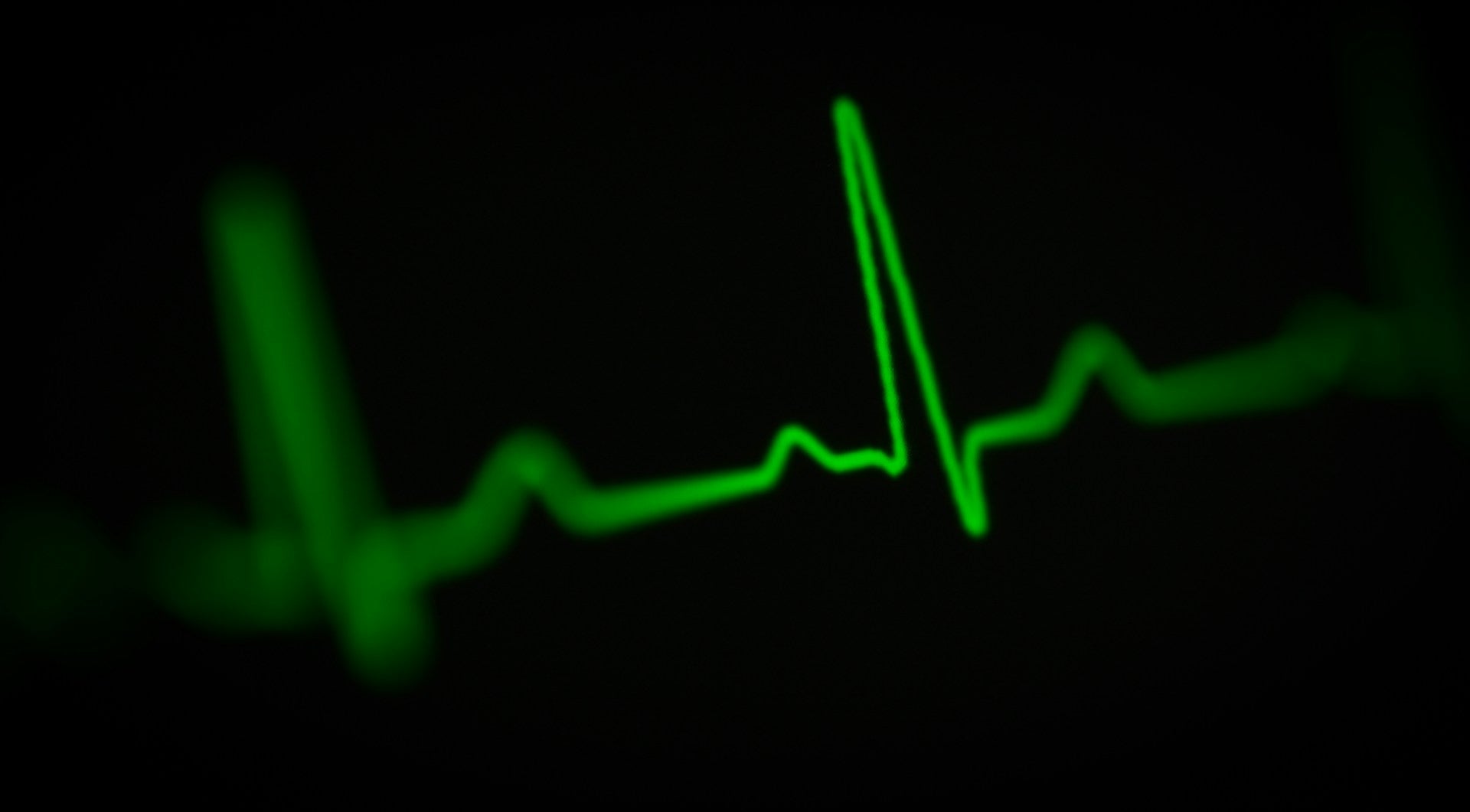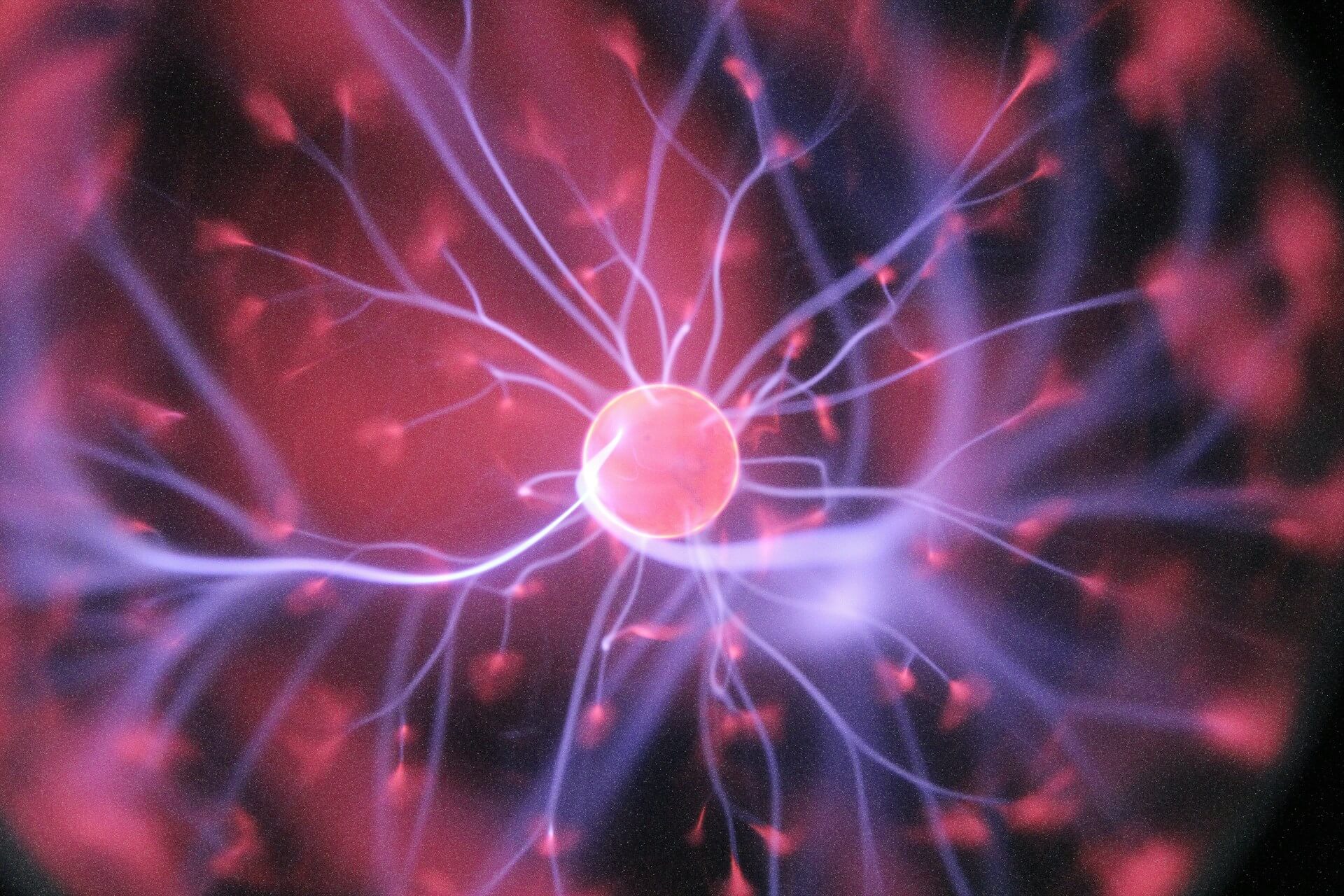Following my last post on pairing your sessions with different audio stimulation, I’ve been reflecting on a different question: “When is the best time of day to use my SONA?”
If we’re investing some of our precious minutes daily in our health and wellbeing, we all want to know we’re getting the most out of the tools we use with that time. But, just like finding the perfect audio accompaniment, the answer isn’t a one-size-fits-all prescription. The “best” time to take a pause and reset depends on the unique rhythm of your day and the specific shifts in state you want to achieve.
Our nervous systems are not static; they ebb and flow with your body's natural circadian rhythm. Cortisol naturally peaks in the morning to wake you up, while melatonin rises in the evening to prepare you for sleep. However, the demands of modern life cause disruption to the body’s natural cycles – the result is that often we end up feeling wired in the evening or groggy and anxious in the morning.
My experience with mediation and vagus nerve stimulation tell me that a powerful framework to adopt is to think of the timing of your resets not as a rigid rule to follow, but rather as a powerful lever you can pull to guide your nervous system. By aligning your sessions with your daily flow, it becomes possible to work with your body’s rhythms to enhance calm, sharpen focus, and deepen your recovery.
The Morning Session: Setting the Tone for Clarity
Ever find your day feels like a race from the moment your alarm goes off? For many of us, the morning notification rush and chaotic mental organising can easily tip our nervous system into "fight-or-flight" mode, before you’ve even had a chance to take a sip on that first morning coffee. Taking an intentional pause to ground yourself with a morning session can act as a powerful anchor against this chaos.
The Goal: To shift from a state of anxious reactivity to one of calm, present focus.
By stimulating the vagus nerve first thing, you are proactively balancing your nervous system, encouraging the parasympathetic "rest-and-digest" activity that fosters mental clarity. This can create an ideal neurological state for deep work, creative thinking, and enhanced cognitive function right at the start of your day. It’s about starting your day on your terms, not on the terms of your inbox.
The Midday Reset: Dissolving Accumulated Stress
By the time lunch rolls around, your nervous system has likely been weathering a storm of meetings, deadlines, and digital distractions. Cue the dreaded afternoon slump: cognitive fatigue, energetic sluggishness or a feeling of being mentally frazzled. While it’s tempting to reach for another coffee, a midday stimulation session offers a sustainable way to reset and recharge.
The Goal: To counteract the stress of the morning and restore focus for the afternoon.
Think of this approach as a strategic intervention. A 15-minute session can help dissolve the accumulated sympathetic charge, guiding your brain back to a state of healthy equilibrium. This allows you to re-engage with the second half of your day with renewed energy and mental performance, preventing the burnout that comes from letting that stress compound.
The Post-Work Transition: Shedding the Day's Demands
A challenge that plagues our ability to really cherish the special moments in our day is the struggle to switch off. The disconnect between our evolutionary wiring and our current reality means our brains often stay in "work mode" long after we’ve closed the laptop, making it difficult to remain present when spending quality time with family and friends. Why not try to tap into a post-work reset to transition back into our current surroundings with intention?
The Goal: Use stimulation as a tool to energetically and mentally reset, and to fortify your boundary between professional and personal life.
Using your SONA as a transitional ritual at the end of the workday can be transformative. The session acts as a definitive signal to your nervous system that the demanding part of the day is over. It helps to actively downshift your mental and physiological state, shedding the day’s stress and allowing you to move into your evening with a sense of calm and presence.
The Before-Bed Wind-Down: Priming for Restorative Sleep
Sleep is the foundation of all recovery, yet so many of us struggle to obtain the deep, restful sleep we need. Often, this is because our nervous systems are still in a state of high alert when our heads hit the pillow. Alongside the other aspects of good sleep hygiene, a pre-bed session acts as a direct and effective way to prepare your body and mind for sleep. Try calming the mind and the body with a mindful session in your wind down hour!
The Goal: Quiet a racing mind, relax the body, and promote deeper, more restorative sleep.
Stimulation before bed enhances the parasympathetic activity that is essential for sleep. It helps to lower your heart rate and calm your mind, making it easier to fall asleep and stay asleep. By making it a consistent part of your nightly routine, you are actively retraining your nervous system to recognise that bedtime is a time for safety and deep restoration.
Your Personal Rhythm: Consistency Over Dogma
So, winding up the threads - what is the best time for vagus stim? The morning session that sets you up for focus, the midday reset that clears your mind, or the evening wind-down that deepens your sleep?
The true power lies in listening to your body and discovering what works for you. The most important factor of all for managing your nervous system health is consistency. Regular stimulation is what builds resilience and retrains your nervous system over time. Find ways to integrate stimulation and mindfulness into your routines, in a way that feels enhancing and energy giving for you as an individual.
At SONA we always encourage our users to be curious, to treat their vagus stim routine as an experiment in their own health and wellness. Try a week of morning sessions and notice how your focus and mood change throughout the day. Experiment with a midday reset and see how it affects your afternoon energy. By becoming a scientist of your own experience, you can find the personal rhythms that enable you to unlock the potential of the technology.







Share:
Plug In, Power Up: The Athlete’s Guide to TaVNS